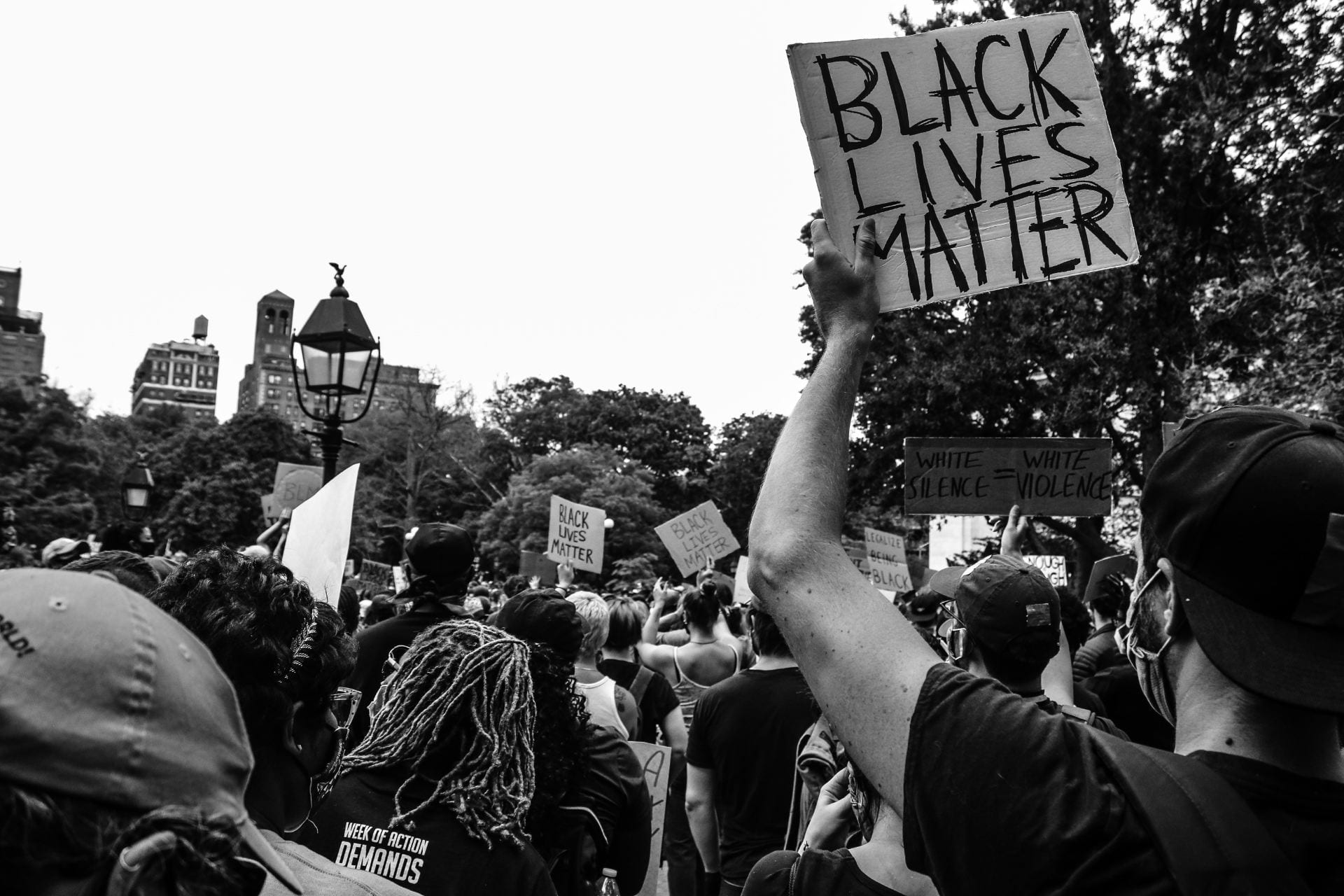What to bring
- Backpack
- Water
- Face mask or bandana
- Hat and/or sunglasses
- Snacks
- Protest signs
- Suitable clothing
- Good walking shoes
- Hand sanitizer
- Extra clothes
- Cash
- Your ID
- Your phone
- Power bank
What to know before you go
- Educate yourself
- Know what you are fighting for. Before going out to protest, research what you are protesting for and look into how other protests have gone in areas close to you.
- Get into the right mindset
- Mental preparation for a protest is important.
What to avoid
- Do not run
- You might incite panic, hurt someone or hurt yourself.
- Don’t police other peoples’ behaviors
- Many people will act in different ways in a protest. Be considerate, and if you do not feel comfortable, go home.
What to do while at the protest
- Study your surroundings
- Keep an eye out for undercover cops and street medics who you can turn to in case of an emergency.
- Help those around you
- Consider the ethics of taking photos
- While you can take photos in any public area, avoid taking photos of protestors who clearly show identifiable information like their face or tattoos.)
Know your rights to peacefully demonstrate in public:
- Form a group
- It’s best not to protest alone.
- Make a plan
- Be prepared for any situation or scenario you can find yourself in during a protest. If you are with a group, assign roles to certain individuals to help everyone within your group stay safe.
- Wear glasses, if needed
- Rather than leaving on your eye contacts, if, worst case, you are exposed to tear gas or pepper spray, having contacts might make the experience worse.
- Write down emergency contacts
- Whether it be written on your body or on a piece of paper placed in your pocket, having contacts someone can reach in case of an emergency is crucial.


